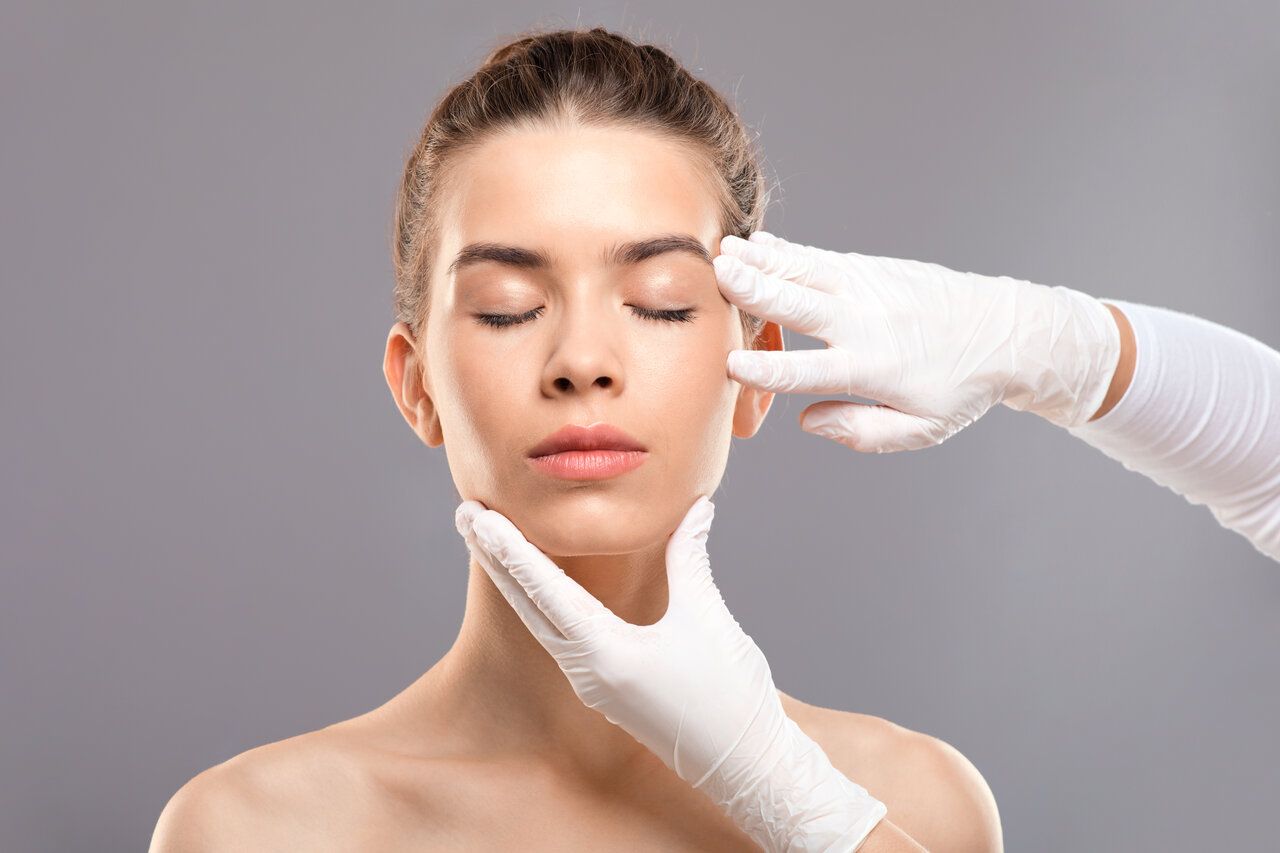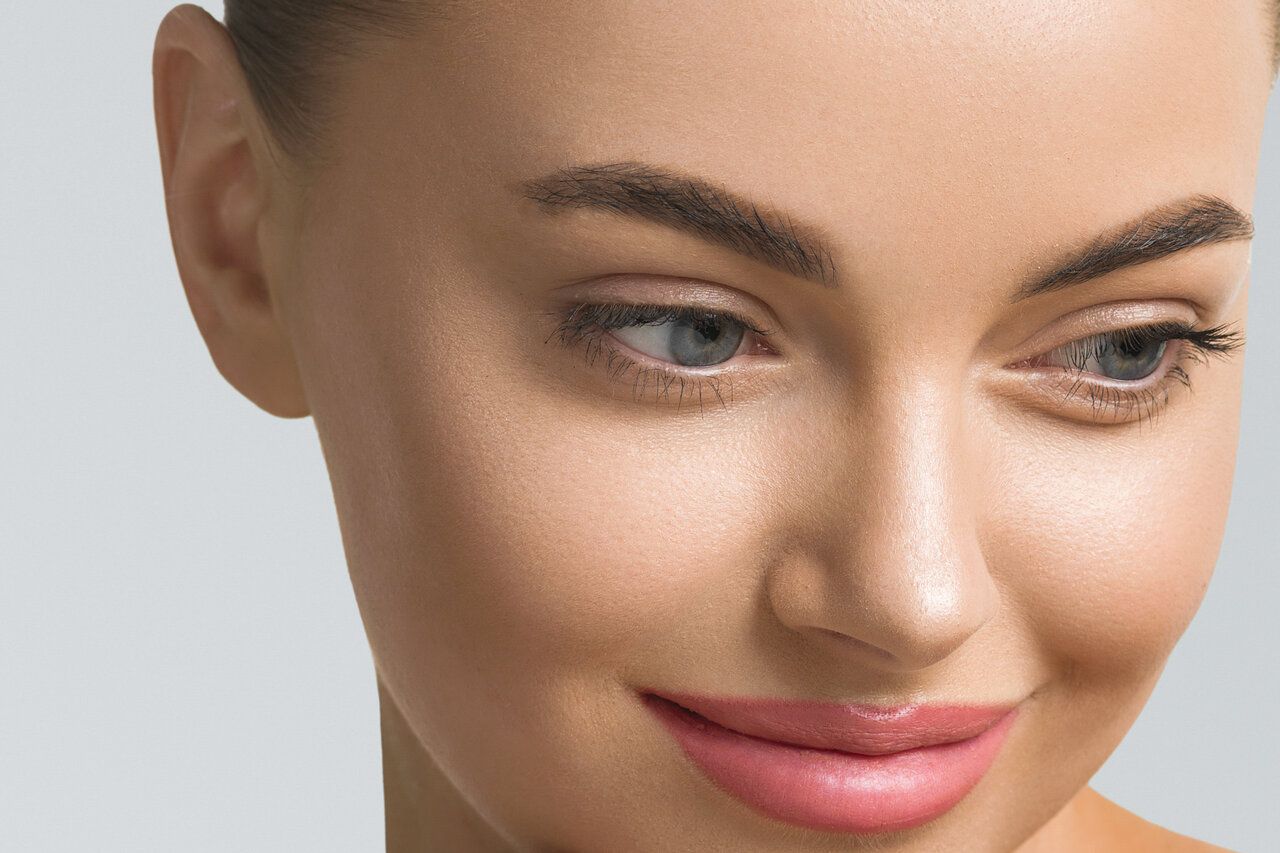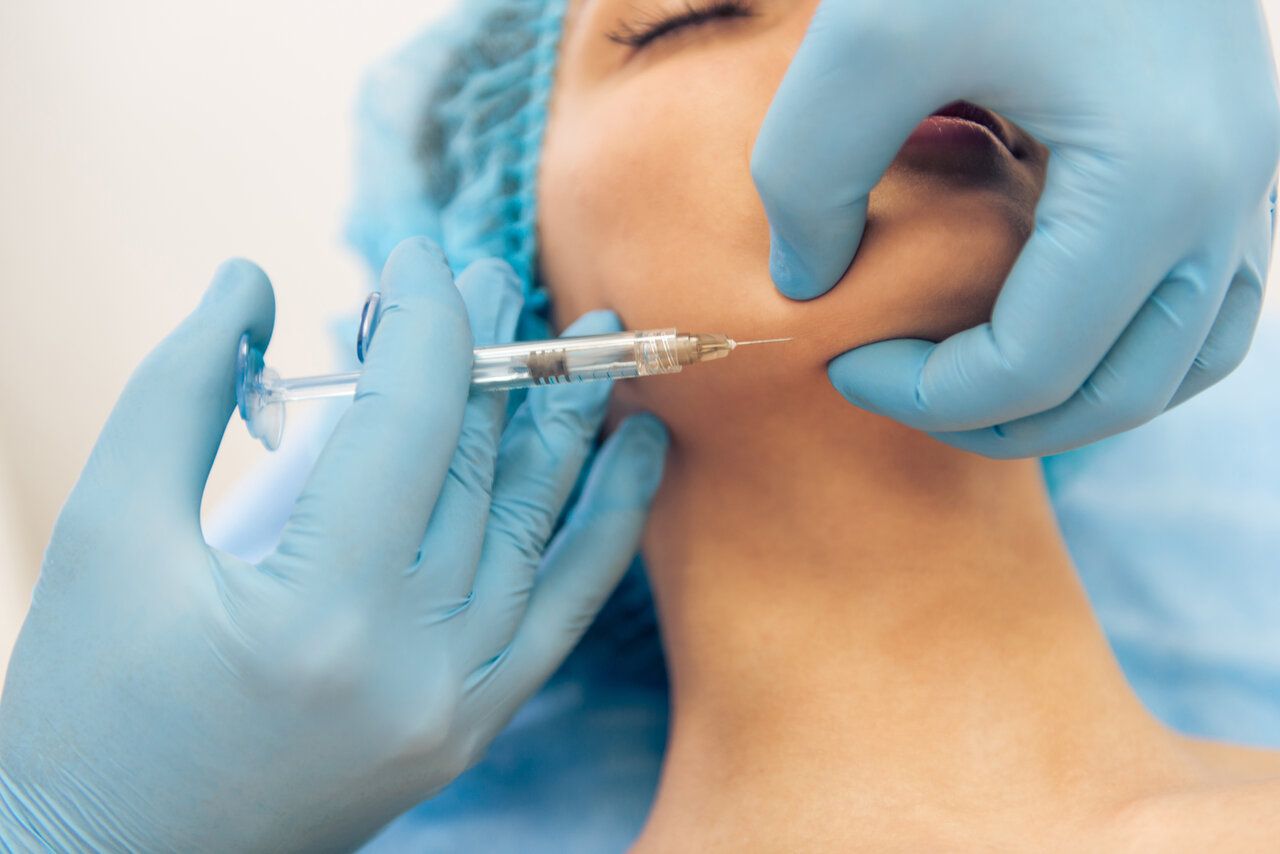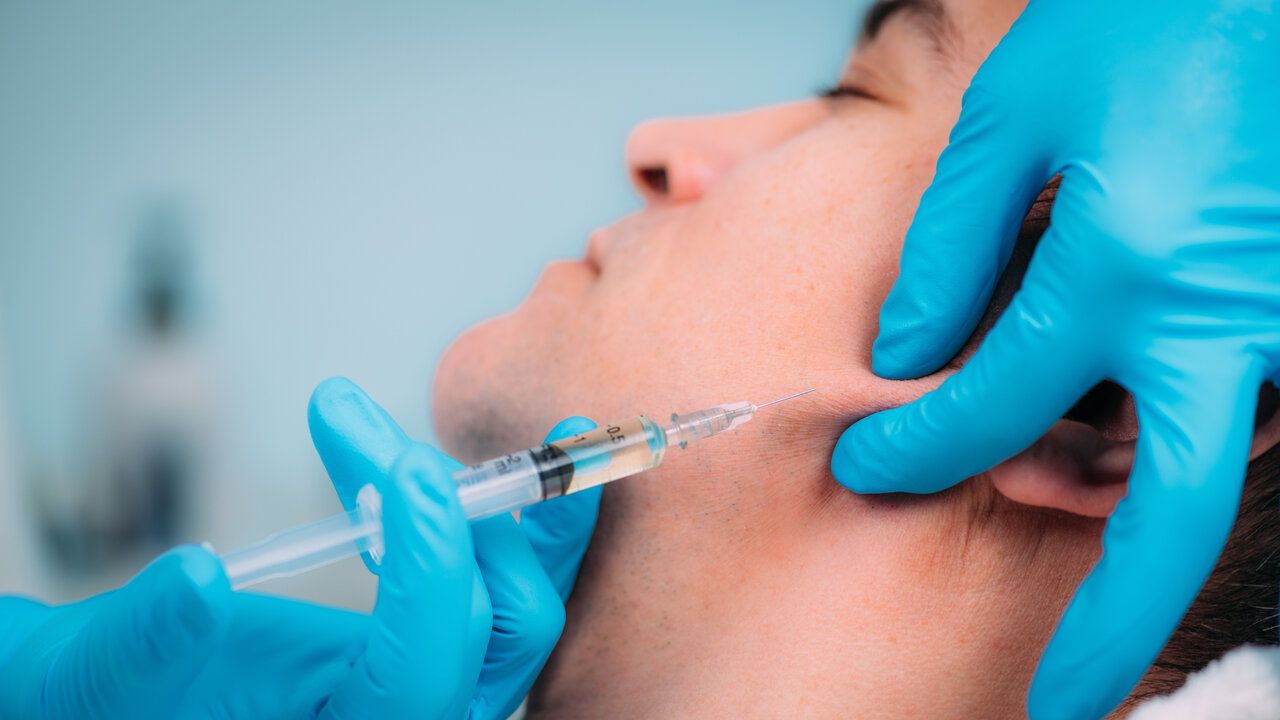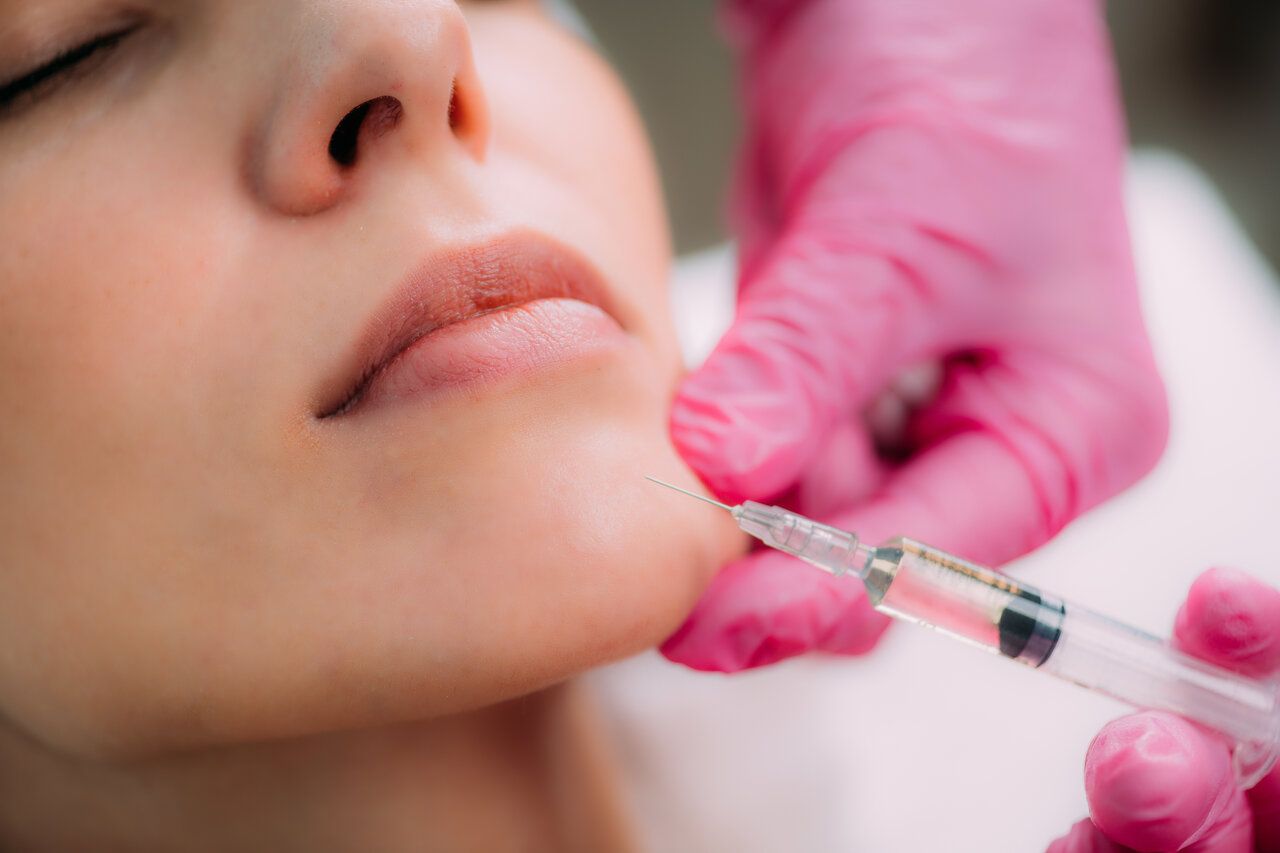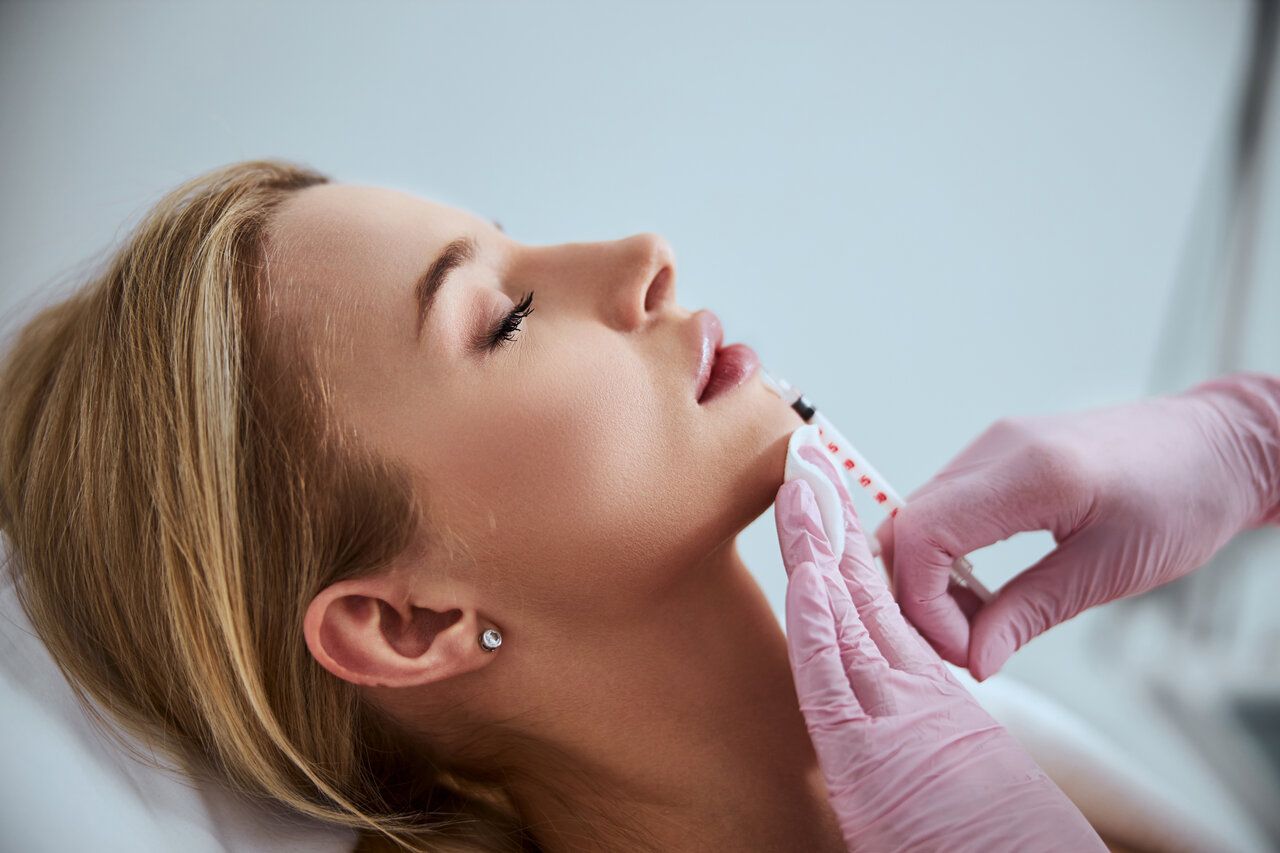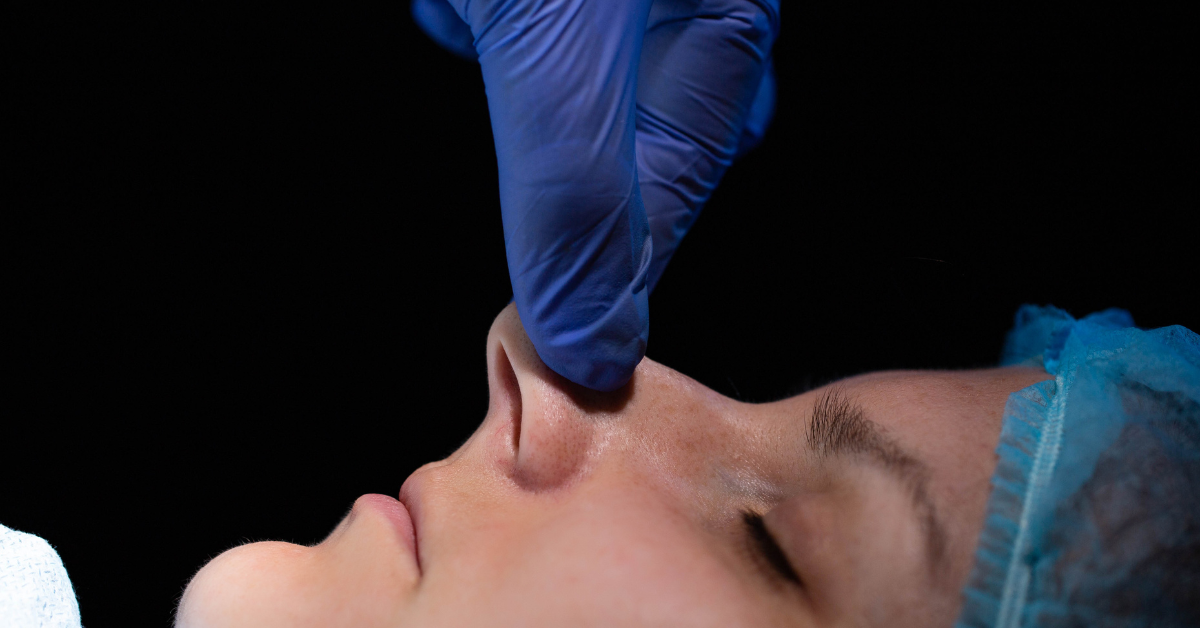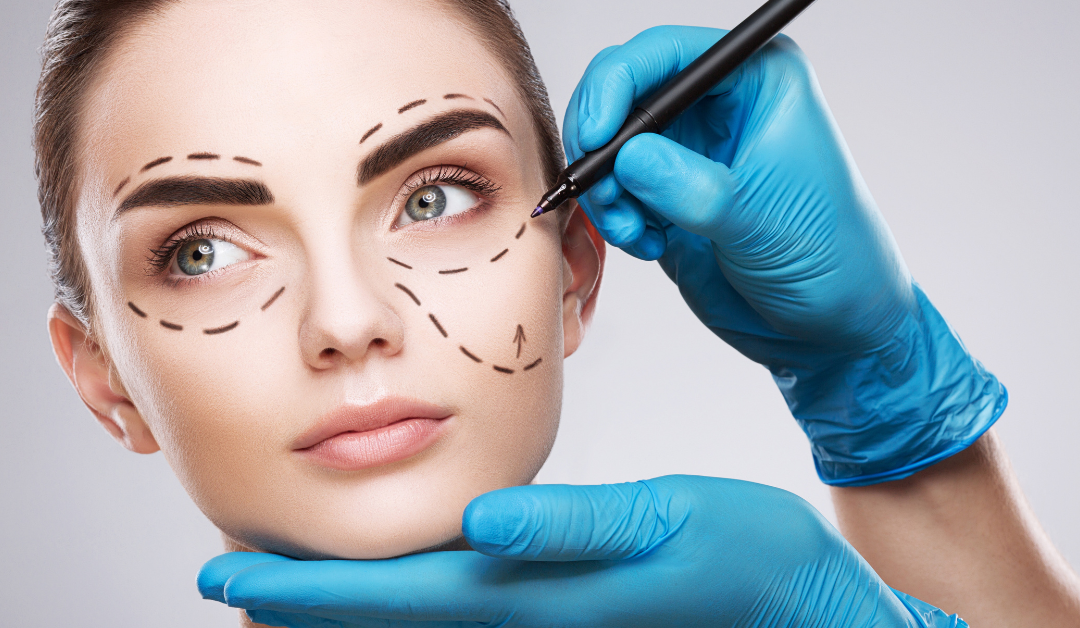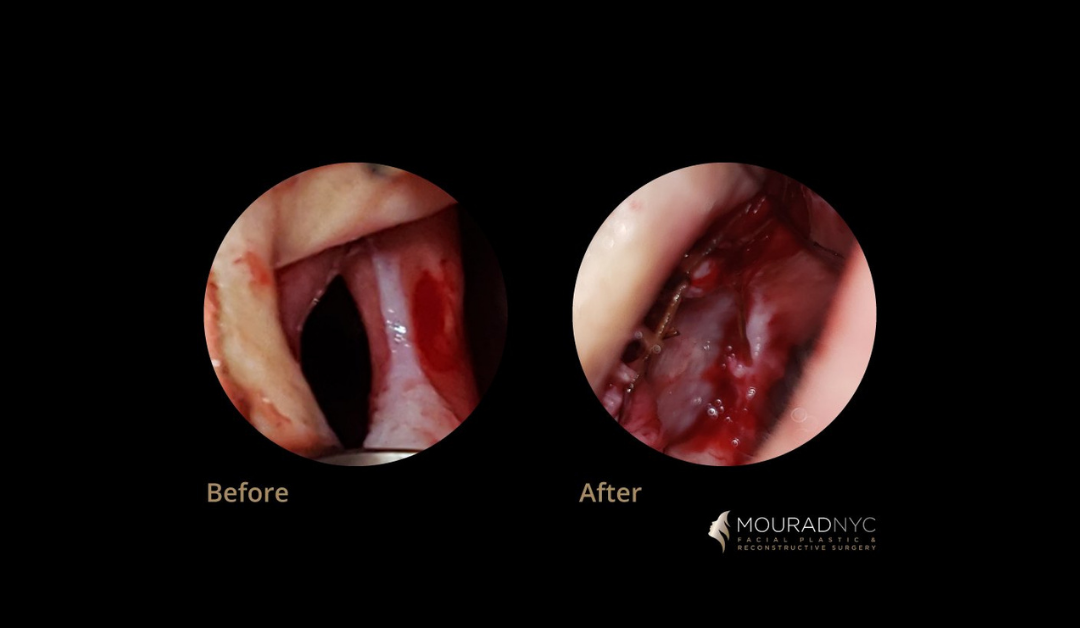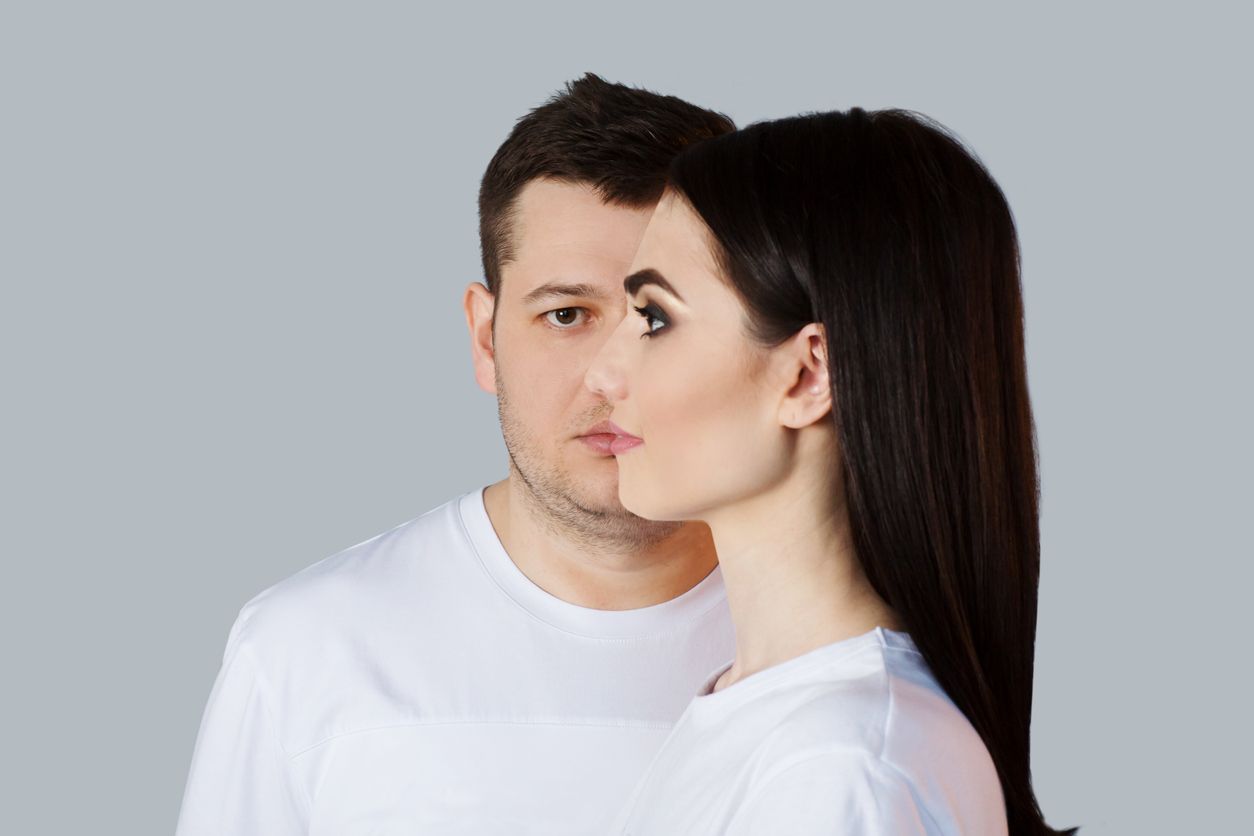What Is The Cost of A Facelift In NYC?
A facelift can make you look younger and more refreshed. It involves removing excess skin, tightening the facial muscles, and eliminating wrinkles. In today’s beauty-obsessed society, people are always on the lookout for ways to improve their appearance. New York City has some of the best facial plastic surgeons in the world, but it also comes at a price. How much is a facelift in NYC? That depends largely on which surgeon you choose and what type of procedure you want to be performed. Keep reading to understand the factors that influence the cost of a facelift in one of America’s biggest cities!

What Is Facelift Surgery?
Facelift surgery is a popular cosmetic procedure that helps patients achieve a more youthful-looking appearance. It involves the removal of excess facial skin from different areas and the tightening of facial muscles beneath the skin’s surface to provide a smoother, firmer look. Board-certified plastic surgeons are best suited to perform this type of facial plastic surgery.
The Different Types Of Facelift Procedures
When it comes to facelift surgery, there are a variety of different types and procedures you can choose from. The most popular type is the mini facelift, which has become increasingly popular due to its minimally invasive nature and short recovery time. This procedure lifts and tightens the neck skin, jawline, cheeks, and brows. It’s especially beneficial for those who have mild signs of aging or skin laxity in specific areas.
Another type of facelift that is gaining traction among patients is the deep-plane facial rejuvenation technique. By taking advantage of modern surgical techniques, this procedure promises excellent results with minimal downtime. It focuses on repositioning underlying muscle tissue as well as tightening loose skin to achieve a more youthful appearance. During the procedure, surgeons may also use facial fillers or perform a brow lift to further improve your features.
Finally, traditional facelifts offer substantial improvement compared with non-surgical methods including Botox injections and laser treatments. However, they require more healing time than other options.
Common myths about plastic surgery
What Is The Average Cost Of A Facelift In New York?
The cost of a facelift varies depending on several factors, including the type and extent of surgery, the skill level of your surgeon, and any technique or equipment used. In general, you can expect to pay anywhere between 10,000 and 70,000$ for a face lift procedure in New York City.
There’s no one-size-fits-all approach when it comes to determining how much money you need for a successful facial rejuvenation procedure. Researching different techniques and discussing them with a qualified professional can give you better insight into exactly what type of investment is needed.
See Before and After Photos on Instagram
Insurance Coverage For Facelift Surgery
Insurance companies usually cover only part of the cost for these types of surgeries as they tend to be considered elective procedures. However, some policies might provide partial reimbursement if eyelid surgery is required along with the facelift due to medical necessity. This could make it easier for those who need both treatments to afford them at once.
It is important to research your individual policy before committing to a surgical procedure such as a facelift so you understand what will be covered and how much you’ll end up paying out-of-pocket. Knowing this information ahead of time can help ensure you get the best possible outcome without breaking your budget.
Benefits Of Facelift Surgery
Reduces The Signs of Aging
Facelift surgery is most commonly sought out by men and women who have noticeable visible signs of aging such as wrinkles, sagging skin, or jowling. Facelift surgery can smooth wrinkles, lift sagging skin, ease lines around the mouth and eyes, reduce jowling in the lower face and neck, create a defined jawline, and refine facial contours in general. The goal is to restore a youthful look while still preserving your natural features.
Improves Your Self-Confidence
Aging gracefully isn’t always easy, especially when it becomes more difficult to hide the physical effects of aging on our face and body. Feeling more confident about how you look can lead to improved self-esteem which can positively affect many aspects of your life.
Long Lasting Results
When performed properly by an experienced double board-certified plastic surgeon, facelifts are designed for long-lasting results due to their extensive restorative capabilities on aging areas like the forehead, eye area, brow, cheeks, nose, chin, neck, jawline, and ears. With good skin care habits post-surgery and healthy lifestyle choices (avoiding sun tanning and smoking tobacco), results from a facelift typically can last up to 10 years before additional treatment may be needed.
Minimal Downtime Post Surgery
One benefit that is often overlooked about facelifts is that this procedure has a relatively short recovery time compared to some other cosmetic surgeries. It typically takes two weeks before facelift patients can start doing strenuous activities again although swelling usually subsides much sooner (2-3 days). Most people return to normal social activities within 7-10 days post-surgery with specially designed compression garments used during this time period.
Recovery From Facelift Surgery
When it comes to recovering from a facelift in NYC, there is no one size fits all approach. Depending on the type of procedure you have had done, your recovery will differ greatly. People who underwent a facial rejuvenation procedure may experience swelling and bruising for up to two weeks post-surgery. Doctors can prescribe certain medications to help with any potential discomfort. In order to speed up the healing process, these medicines must be taken consistently according to your doctor’s instructions.
To maximize results and ensure a successful recovery time following a facelift in NYC, it is important for individuals to follow the advice given by medical professionals and take into account any necessary lifestyle changes that need to be made before and after the procedure. Patients should also make sure they get enough sleep and eat healthy meals throughout the entire duration of their recovery period so that their bodies can heal properly.
Potential Risks And Complications Of Facelift Surgery
When considering a facelift procedure, it’s important to be aware of the potential risks and complications that may arise. While most people heal well after this outpatient procedure, there is always a risk of complications during or after surgery.
Here are some potential risks and complications of facelift surgery:
- Bruising and swelling: the most common side effects after facelift surgery is bruising and swelling near the incision sites. This will heal in time but can cause some noticeable discoloration and temporary downturns in your facial features.
- Sensation loss: sensation loss along the line of the incision is quite common after surgical procedures like a facelift. While this sensation will typically come back in six weeks or more, there are cases when it never returns.
- Asymmetry: there’s a chance of asymmetrical results due to healing processes or other factors like fat migration throughout the treatment and recovery period.
- Infection: the risk of infection is incredibly low with any form of plastic surgery, but it can happen if bacteria enter an open wound.
- Blood loss: blood loss can lead to side effects like dizziness or fatigue due to anemia (a lack of iron).
- Visible scarring, etc.
Alternatives To Facelift Surgery
If you are considering a facelift in NYC, but would prefer to avoid surgery, there are other alternatives to consider. One such option is an endoscopic brow lift which can help reduce wrinkles on your forehead and raise the eyebrow line for a more youthful look. This procedure is minimally invasive, with no cutting or stitching required.
Chemical peels are another alternative to surgical procedures. They have become increasingly popular over time due to their shorter recovery period and low risk of complications. For those who feel like they need something more than just chemical peels, lateral lifts are another non-surgical option available in New York City. These involve injecting fillers into loose neck skin which helps firm and tighten deeper layers of tissue under the surface. Results typically last from six months up to one year before needing touchups or repeat treatments.
Tips For Choosing A Facelift Surgeon In NYC
Choosing a facelift surgeon in NYC is an important decision. It’s essential to consider all of your options and understand the various procedures available before making any kind of commitment. Plastic surgeons specialize in facial rejuvenation and can perform everything from neck lifts to mini facelift procedures, temporal lifts, and laser treatments.
There are several things you should look for when selecting the right doctor for your needs:
- Experience: look for someone who has years of experience performing plastic surgeries. Consider their credentials and ask about their success rates in similar cases.
- Reputation: check reviews online and speak with past patients to get feedback on how they were treated by the doctor and staff members. This will provide valuable insight into whether or not a particular surgical center could meet your expectations.
- Cost: facelift costs vary depending on the type of procedure being done and where you’re getting it done (i.e., NYC).
It’s important that you take time to research potential doctors and find one that meets all your criteria. Don’t rush into anything until you feel comfortable with your choice. Remember that this is a permanent change that requires careful thought and consideration.
Book A Consultation With A Cosmetic Surgeon
Dr. Moustafa Mourad holds dual board certifications in facial plastic and reconstructive surgery by the American Board of Facial Plastic Surgery (ABFPRS), as well as Head & Neck Surgery (ABOTO). He is internationally renowned and highly sought after for his expertise in facial plastic surgery. He can create a custom treatment plan to meet your aesthetic goals and achieve natural-looking results. During the consultation, you will be able to discuss your medical history and ask any questions you may have about the facelift procedure.
Schedule an initial consultation
Table of Contents
Cost of a facelift Cost of a facelift Cost of a facelift Cost of a facelift Cost of a facelift Cost of a facelift Cost of a facelift Cost of a facelift Cost of a facelift Cost of a facelift Cost of a facelift Cost of a facelift Cost of a facelift Cost of a facelift
